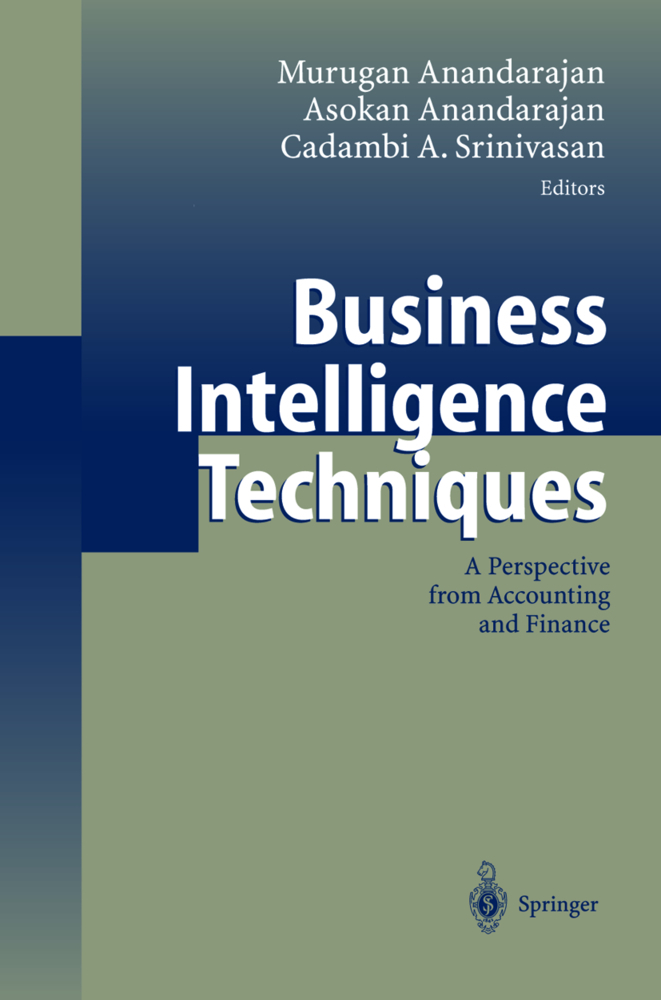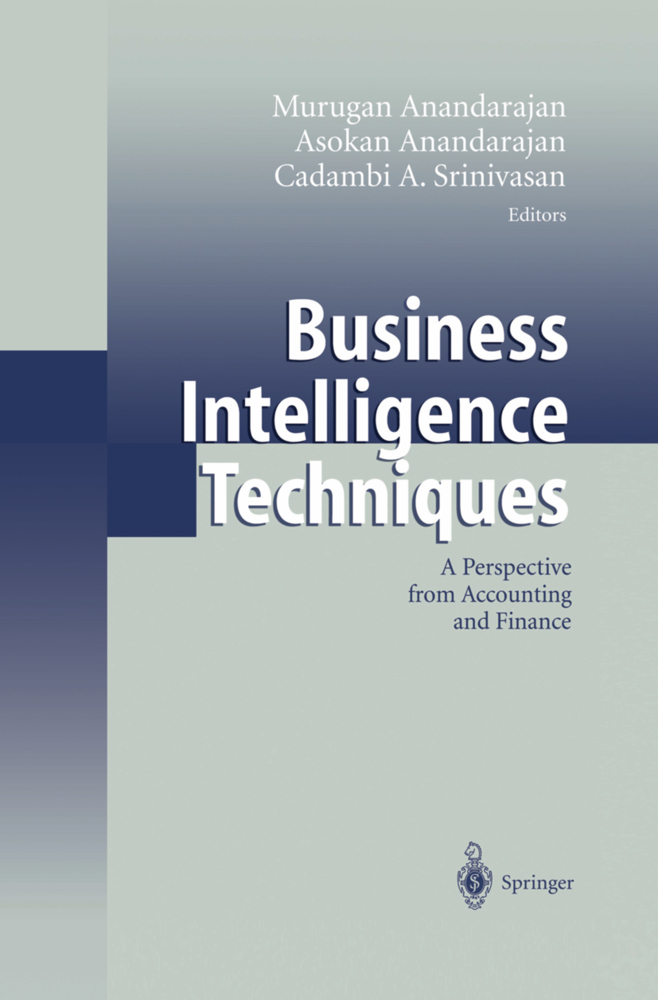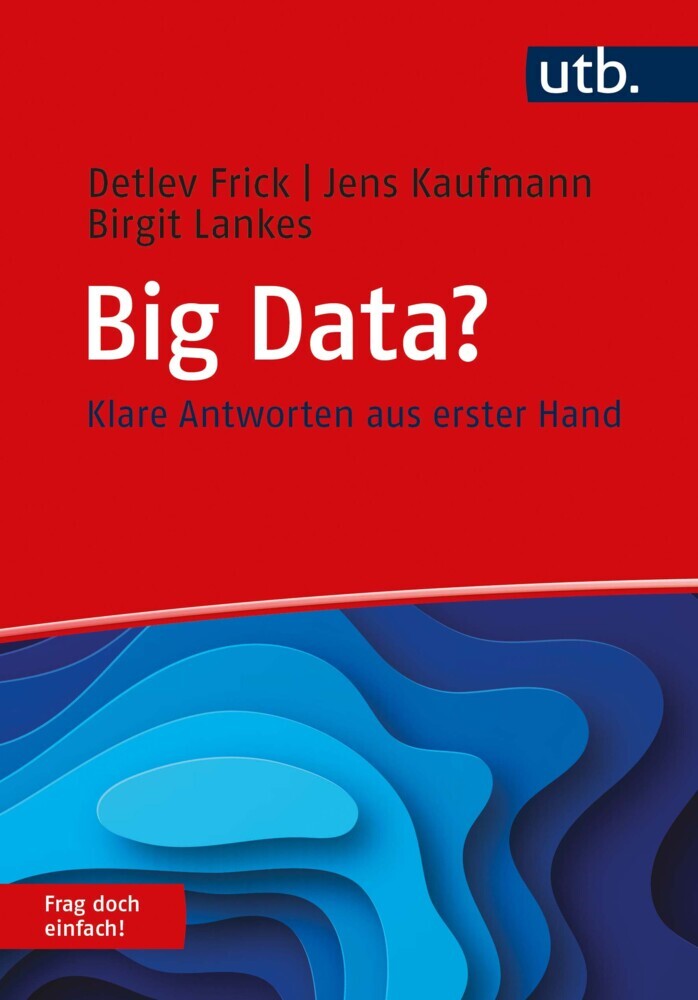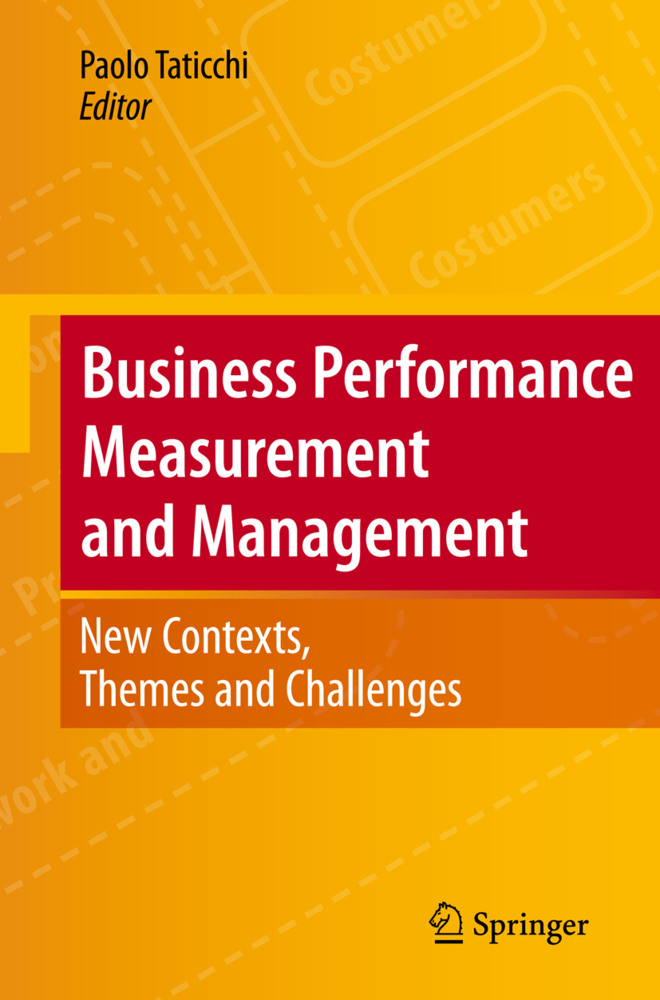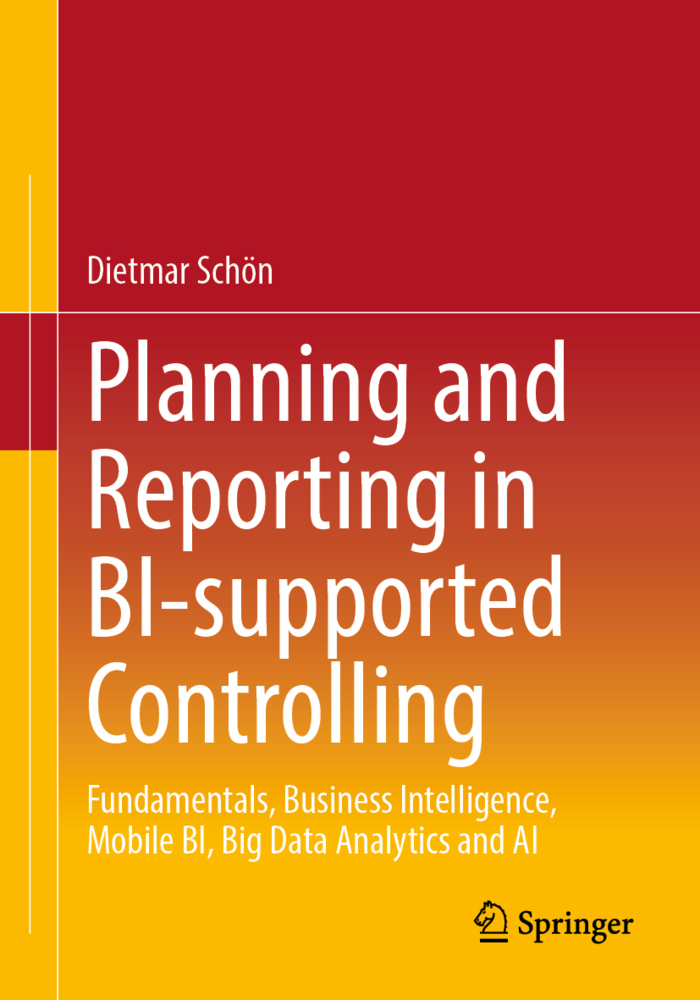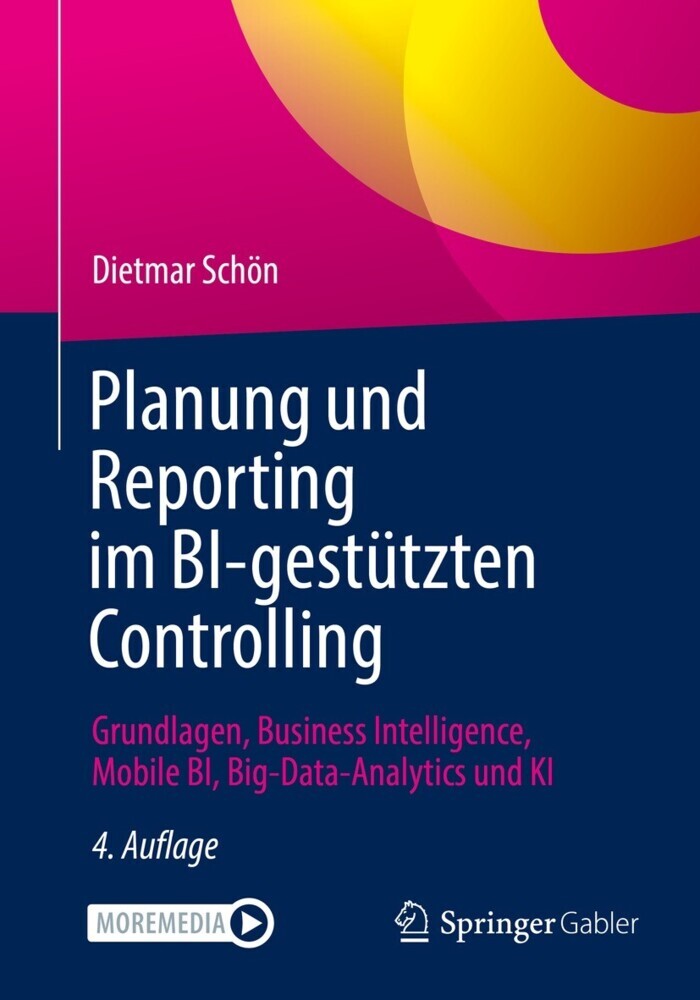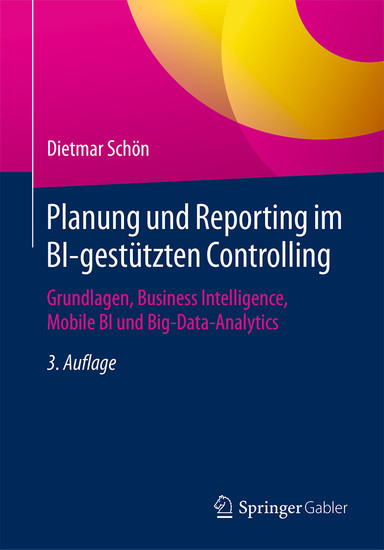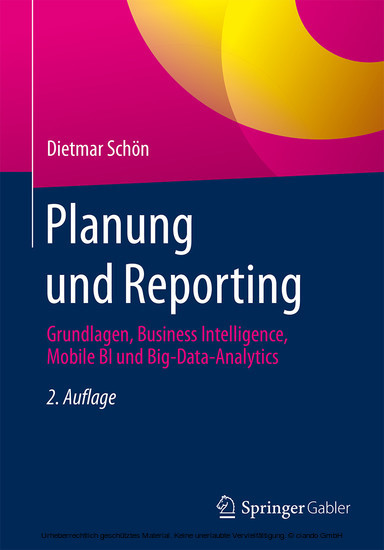Business Intelligence Techniques
Business Intelligence Techniques
Modern businesses generate huge volumes of accounting data on a daily basis. The recent advancements in information technology have given organizations the ability to capture and store these data in an efficient and effective manner. However, there is a widening gap between this data storage and usage of the data. Business intelligence techniques can help an organization obtain and process relevant accounting data quickly and cost efficiently. Such techniques include, query and reporting tools, online analytical processing (OLAP), statistical analysis, text mining, data mining, and visualization. Business Intelligence Techniques is a compilation of chapters written by experts in the various areas. While these chapters stand of their own, taken together they provide a comprehensive overview of how to exploit accounting data in the business environment.
1 Historical Overview of Accounting Information Systems
2 Importance of Data in Decision-Making3 Populating the Accounting Data Warehouse
4 The Accounting Centric Data Warehouse TM
5 XBRL; A New Tool For Electronic Financial Reporting
6 Online Analytical Processing in Accounting
7 Bankruptcy Prediction Using Neural Networks
8 Visualization of Patterns in Accounting Data with Self-organizing Maps
9 Visual Representations of Accounting Information
10 Alignment of AIS with Business Intelligence Requirements
11 A Methodology for Developing Business Intelligence Systems
12 An 00 Approach to Designing Business Intelligence Systems
13 Evaluating Business Intelligence: A Balanced Scorecard Approach
14 A Stakeholder Model of Business Intelligence
References
List of Contributors.
Anandarajan, Murugan
Anandarajan, Asokan
Srinivasan, Cadambi A.
| ISBN | 978-3-540-40820-8 |
|---|---|
| Artikelnummer | 9783540408208 |
| Medientyp | Buch |
| Copyrightjahr | 2003 |
| Verlag | Springer, Berlin |
| Umfang | X, 268 Seiten |
| Abbildungen | X, 268 p. |
| Sprache | Englisch |

